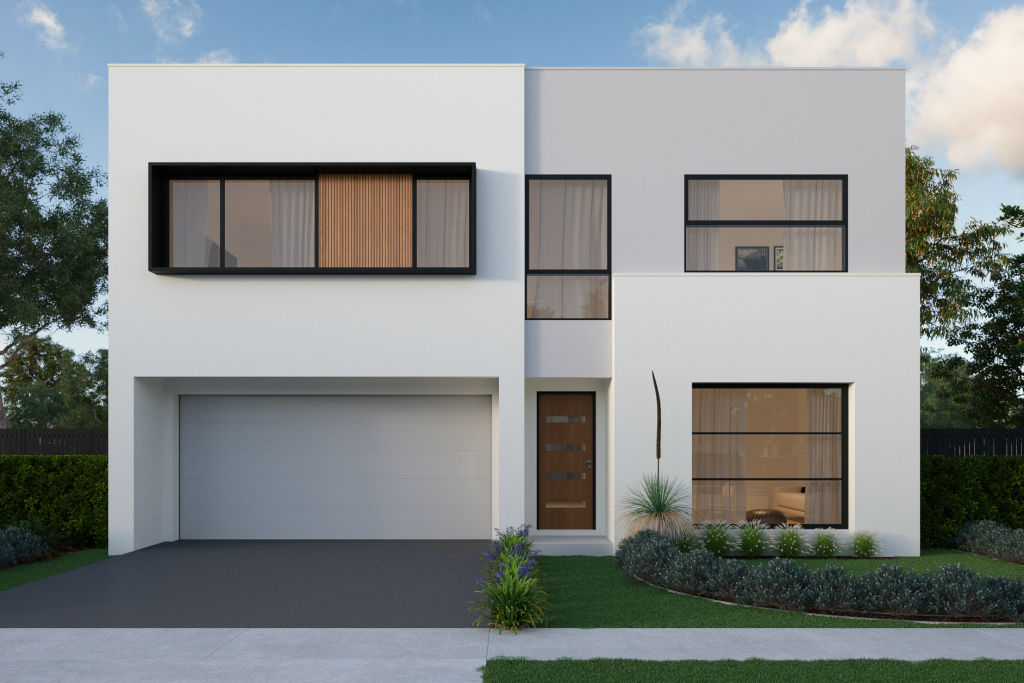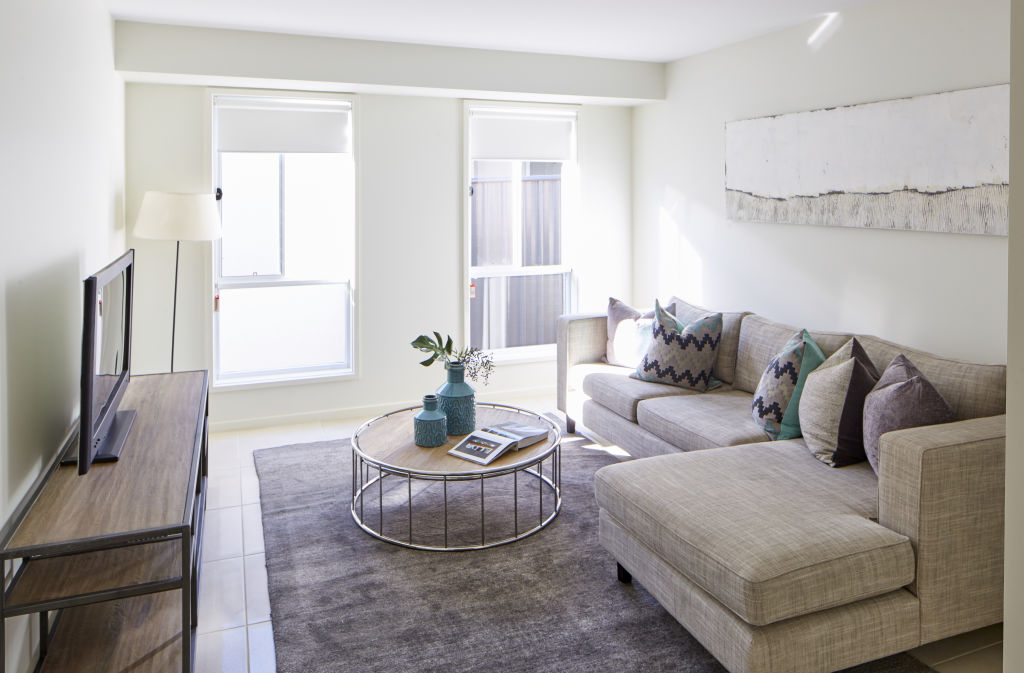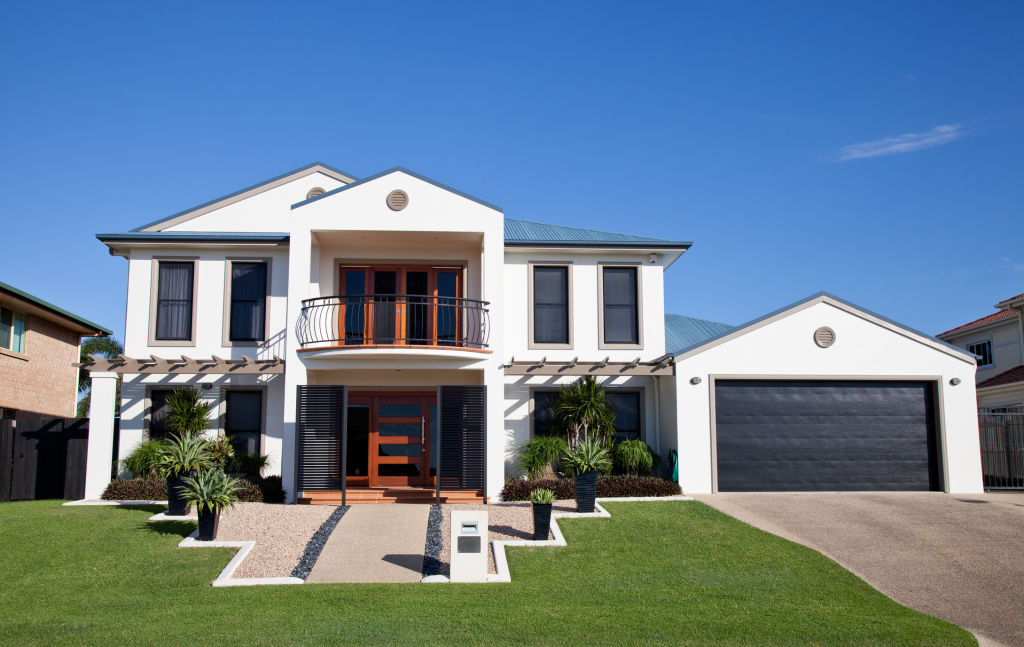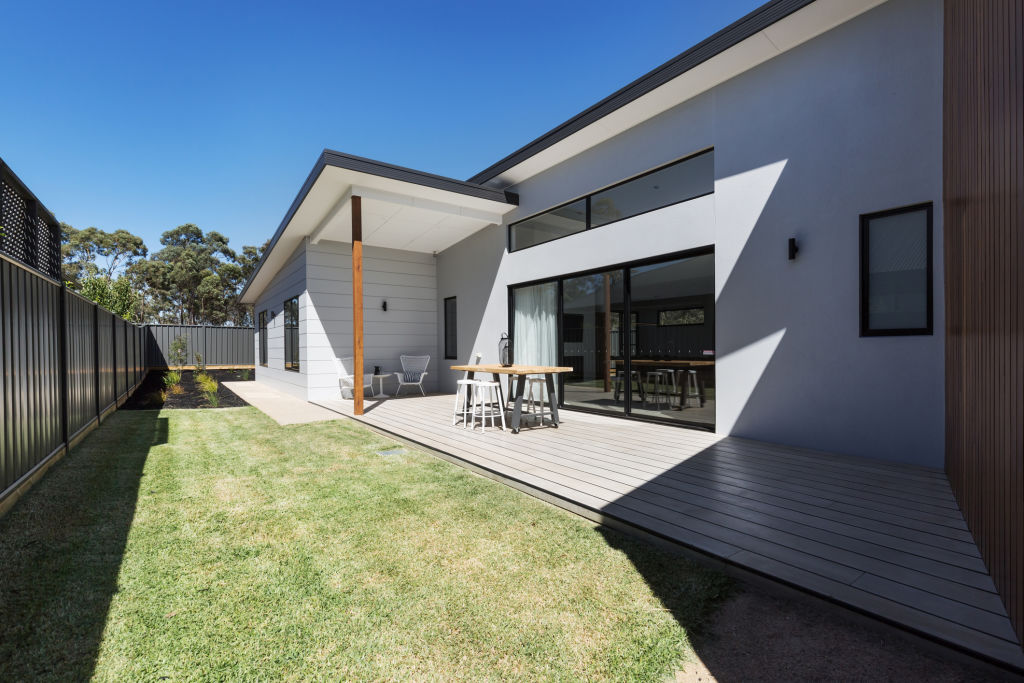Are big homes better than small homes? Here's how to choose the perfect-sized house

When buying a house and land package, it can be hard trying to decide whether to stretch your finances to buy the biggest house you can afford, or to opt for the mantra that small is beautiful.
And does size really matter as much as what the designer can do with the space?
Experts are often divided. With lot sizes in Sydney shrinking, largely as a result of rising prices and the affordability squeeze, more people are picking smaller homes, according to AV Jennings national design manager Richard Baker.
“Small homes are not necessarily a bad thing, as designers have to be more precise in what they do,” he says. “Whenever they get into the situation where every square metre counts, then they look even more closely at how people move around a dwelling, circulation and what they do with furniture.”
On the plus side of compact homes, they tend to use less energy in heating and cooling, and demand fewer hours be spent on housework, maintenance and gardening, and mean family members spend more time together. There can also be more emphasis on the flexibility of different spaces and adaptability of rooms.

“With big houses, however, you do have more options,” says Baker, whose detached house and land packages range generally from 130-square metres on an average 300-square metre block to about 250-square metres on a 450 square metre block.
“You might have more rooms, with things like a rumpus room, a music room, a pool room or a home theatre, and you have more space between furniture.
“Some may have more living rooms too, or a living area for every occupant, while there’s room for the in-laws to stay or parents to come and live with you.”
Position comes first
Sometimes new home-seekers choose to buy smaller houses in the best position they can afford: north-facing to be full of light, warmth and air, says Diana Sarcasmo, Mirvac’s general manager of design, sales and marketing.
Apart from that, their selection is often predicated on the size of their family, lifestyle, the stage of life they’re at and, of course, budget.
- Related: How to make a new home cheaper to run
- Related: What to expect with a knockdown-rebuild
- Related: Hidden traps of building contracts to look out for
“We find that people are now also more conscious of sustainability issues and the energy costs of large homes,” she says. “Both parents might be working, so they don’t want to spend so much of their downtime looking after a big house – unless they can afford a cleaner and gardener.
“The important thing is the flexibility of the home so it can expand or contract according to how much space is needed as older children stay at home longer, or parents may come to live with their children.”

The location of the home and the quality of the masterplan may influence the decision whether to buy large or small, with proximity to open recreational spaces and communal amenities, for instance, meaning a purchaser may be happier with a smaller block.
Craig Barnes, sales, marketing and customer relations manager at Sekisui House, says, “It’s all price relative. One of the key considerations when buying house and land, be it large or small, is the precinct or community in which the package is located, and the master-planning principles of the developer.”
Small house, big block
Another interesting trend is younger buyers choosing to save money on the size of their house in order to spend it on a larger block, says Gary Luke of Richardson & Wrench Campbelltown.
“They’re compromising the size of the house they’re buying for a larger block because they want a better yard,” he says. “They really want that garden space to put up swings or play cricket with the kids.”

There is definitely a trend now for people to live in smaller spaces anyway, believes architect Frank Stanisic. Affordability, sustainability, ease of maintenance and lower energy bills are all increasingly important.
“The focus should be more on design quality than size,” he says. “And with changing needs, it almost suggests a house should be designed as a series of parts rather than one large house so you don’t end up with two people left in a space that’s too big for them, but in a house that can be easily divided into two.”
We recommend
States
Capital Cities
Capital Cities - Rentals
Popular Areas
Allhomes
More







